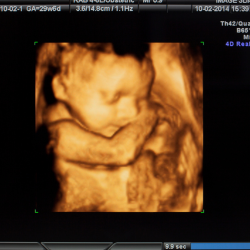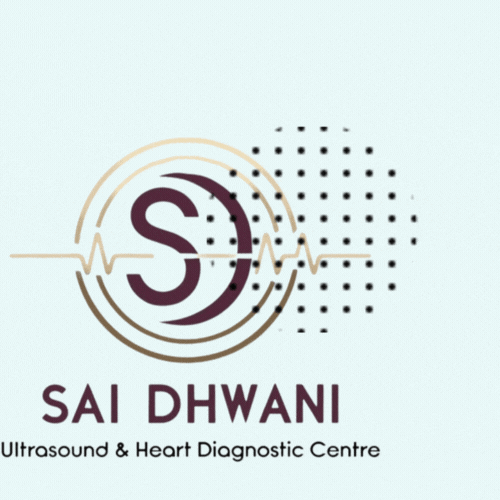Routine Obstetric Study 2D/3D/4D
Advanced ultrasound technology for monitoring fetal growth and well-being.
Routine Obstetric Study (2D/3D/4D)
The Routine Obstetric Study is a set of ultrasound scans performed at different stages of pregnancy using 2D, 3D, and 4D imaging . These scans help monitor fetal development, detect abnormalities, and provide parents with detailed images of their baby.
Who Needs It?
-
- Expectant mothers at all stages of pregnancy.
- Women with high-risk pregnancies requiring closer monitoring.
- Parents who want to see detailed 3D/4D images of their baby.
- Pregnant women undergoing routine prenatal check-ups .

Uses of Routine Obstetric Study (2D/3D/4D)
Fetal Growth Monitoring
Tracks the baby’s growth and development at different pregnancy stages.
Detection of Abnormalities
Helps identify congenital anomalies and structural defects.
Fetal Position Assessment
Determines the baby’s position for a safe delivery.
Preparation for Routine Obstetric Study
Frequently Asked Questions (FAQs)
What is the difference between 2D, 3D, and 4D ultrasounds?
2D ultrasound provides standard black-and-white images, 3D ultrasound captures three-dimensional images, and 4D ultrasound shows real-time movements of the baby.
When should I get a 3D/4D ultrasound?
The best time for a 3D/4D ultrasound is between 26-32 weeks , as the baby has developed facial features and still has enough fluid for clear imaging.
Is a 3D/4D ultrasound safe for my baby?
Yes, 3D/4D ultrasounds use the same technology as traditional 2D ultrasounds and have been proven to be safe with no harmful effects when performed by a trained professional.
Can I see my baby’s face clearly in a 3D/4D scan?
The clarity of the baby’s face depends on gestational age, fetal position, amniotic fluid levels, and maternal weight . Staying hydrated improves image quality.
